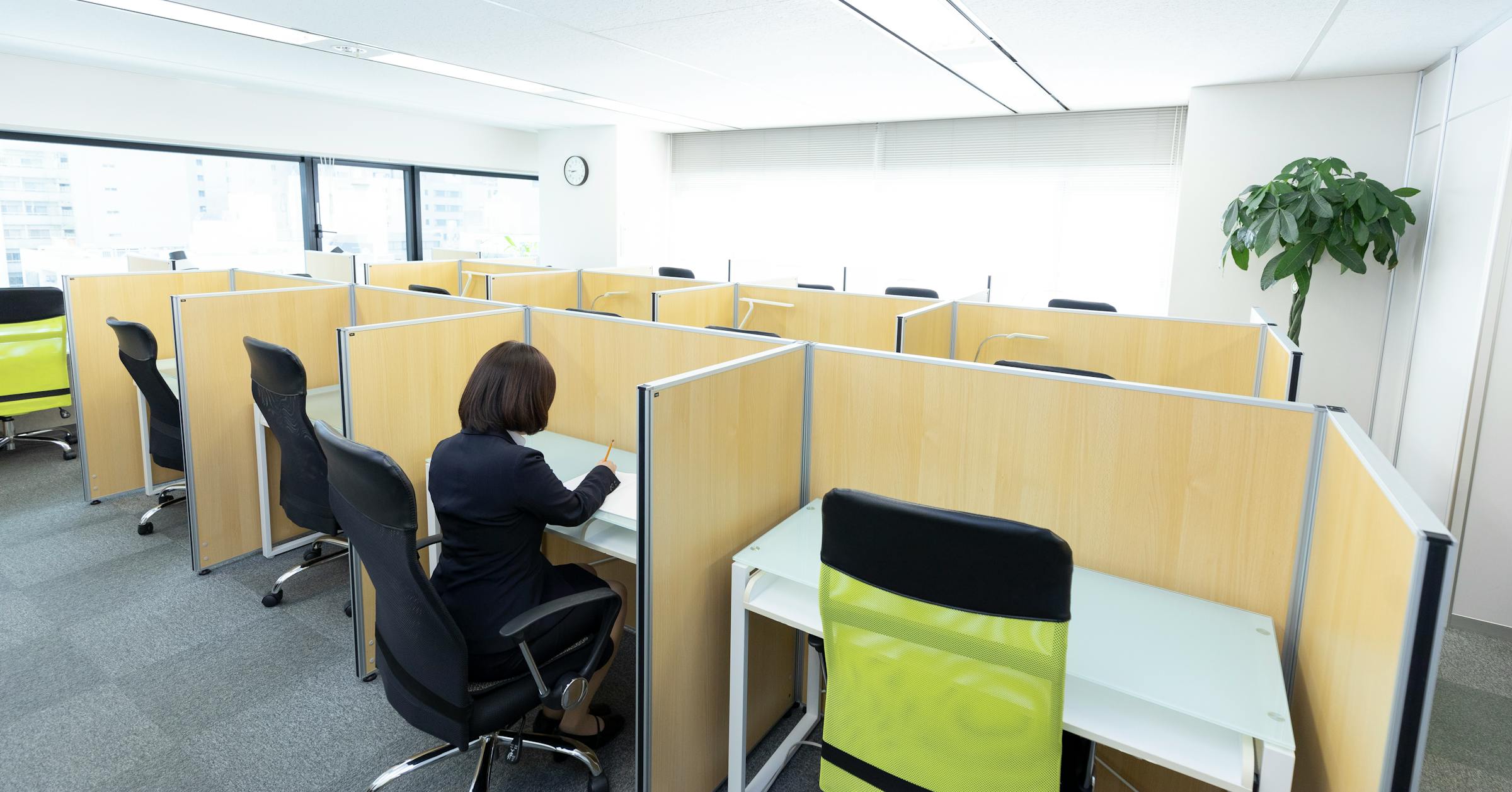
Women joined the workforce in record numbers after the pandemic. But with recent return-to-office mandates, some mothers are now choosing kids over their careers. Although my youngest child is now 22, I can relate.
After I had my first child in 2001, I tried to negotiate a twice a week work-from-home option. My boss said no; return or leave. I did the latter. Work-from-home policies weren’t popular then. But as a journalist, I was able to build a freelance career with the same publisher and added new clients, including the Wall Street Journal, as I balanced being a new mom. My kids were in middle school before I returned to the office.
Freelancers trade corporate benefits and security for flexibility. But without that option, I might have stepped away entirely, adding my name to the long list of women whose careers stall when caregiving and rigid workplaces collide.
I was one of the lucky ones to have a combination of both worlds. But like many women, I found that those “lost years” of a W-2 income compound into lost promotions, lost retirement savings and lost wealth.
In its 2024 Status of Women and Girls+ in Minnesota report, the Women’s Foundation of Minnesota found that women who take even a single year out of the workforce earn nearly 40% less over the following 15 years than women who stayed in. That’s not a pause, that’s a penalty. The report, conducted in collaboration with the Center on Women, Gender, and Public Policy at the University of Minnesota, also found that families led by women in the U.S. possess just 55 cents of median wealth for every dollar owned by families led by men.
The wealth inequities are even starker for women of color. White women have about 56 cents to the white male dollar, but Latina women have only 10 cents, and Black women just 5 cents.
Somali women in Minnesota face a wage gap that is 1.7 times larger than the gap for white women. For other African immigrant women and Hmong, the gap is 1.4 times larger.
And the problem isn’t limited to households where men are assumed to be the primary earners. “About 40% of families with children rely on women as the primary breadwinner,” said Elizabeth Wilkinson, director of the Luann Dummer Center for Women at the University of St. Thomas. “Yet the wage gap was historically justified because men were assumed to be the breadwinners. That’s simply not reality anymore.”
Education doesn’t erase the problem. Minnesota women now earn more college degrees than men, according to the Minnesota Private College Council, yet women’s earnings still trail men’s across industries, degrees obtained, and age groups. Even five years after graduation, Minnesota women are still paid 5% less than men, according to the Minnesota Department of Employment and Economic Development. For women of color, the disadvantage widens over the course of their careers.
The inequities aren’t only financial. Women also carry skills and responsibilities that often go unseen in the workplace. “By huge margins, women are doing the unpaid labor that allows paid labor to happen,” Wilkinson said. “Running a home is like running an office. It’s logistics, scheduling, and managing people, but it’s rarely recognized as such.”
While Minnesota, at 34%, had one of the higher shares of remote workers in the country, according to the Federal Reserve Bank of Minneapolis, women in the state make up about 53% of remote workers but 48% of the state’s overall workforce.
There are reasons for hope. Minnesota will launch its new paid family and medical leave program in January, providing up to 20 weeks of partially paid leave for workers who are welcoming a child, caring for a family member or facing their own health challenges. And New Mexico recently became the first state to make universal child care free for most families. If it’s possible there, it’s possible in Minnesota.
It’s even possible department by department. Nearly 25 years ago, a few months after my boss told me to return or leave, another woman left to stay home to care for children. By the time a third woman was pregnant, he approved a hybrid schedule. She stayed at the magazine for over a decade.
The lesson is clear: Flexibility keeps women in the workforce. So until we stop penalizing caregiving, women — especially women of color — will keep paying in lost wages and lost wealth. And as a society, we’ll keep losing the talent we need most. We can’t afford that any longer.



